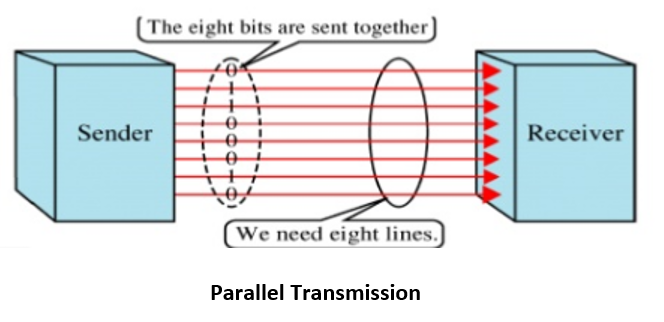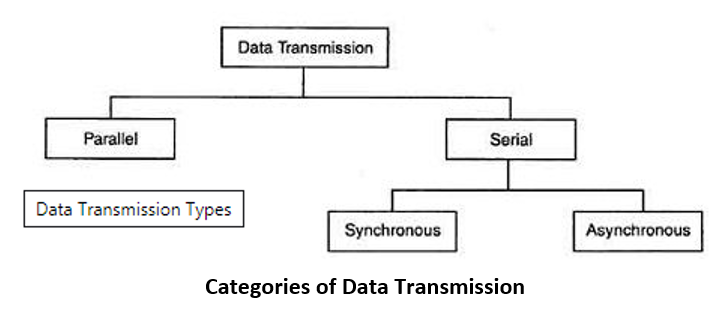

The control pins are typically labeled: Register Select (RS), Enable (E), and Read/Write (R/W). The parallel interface consists of 8 data pins and 3 control pins. This makes parallel transmission faster than serial but is typically more expensive and requires more data pins to be connected.

The parallel interface transmits 8-bits, or one byte, of data over multiple data bus lines over one clock pulse. Serial synchronous control and data lines: Serial Data In, Register Select, Reset, and Serial Clockīelow is a Serial Interface connection example:.3/4-wire SPI (Serial Peripheral Interface): Consists of Serial Data Out, Serial Data In, Serial Clock and an additional Chip Select pin for the 4-wire SPI.I2C (Inter-Integrated Circuit): Serial Data In and Serial Clock.Serial interfaces consist of 3 types each with their own pins: This makes connecting to an external processor (such as a microcontroller) easier. Serial interface LCD’s controllers require fewer connection pins than the parallel interface. For this reason, serial interface transmission can often be slower (but cheaper) than parallel transmission.
ADVANTAGES AND DISADVANTAGES OF SERIAL AND PARALLEL DATA TRANSMISSION SERIES
The serial interface is a bi-directional data bus that transmits a series of 8-bits in parity, each with a set clock pulse width, and one at a time.

These two interface modes will be explained in further detail below. In parallel mode the interface sends and receives 4 bits, 8 bits, or 16 bits of data at a time over multiple transmission lines. In serial interface the data is sent or received one bit at a time over a series of clock pulses. The main difference between the serial and parallel interfaces is how they transmit data. This is a brief guide summarizing the main points of each interface mode. You may be wondering which is the best interface for your project or what each of them consist of before deciding on your next LCD. Each interface type has their own advantages and disadvantages. Some LCD’s offer both interface modes while some are exclusively one type. There are two types of interface modes for LCD’s, serial and parallel. Understanding Parallel and Serial Interfaces


 0 kommentar(er)
0 kommentar(er)
